Introduction
In the realm of traditional Chinese cuisine, porridge holds a special place, not only as a nourishing meal but also as a carrier of cultural heritage and health benefits. Among the myriad of porridge varieties, Ginkgo Biloba, Red Date, and Mung Bean Porridge stands out for its unique blend of flavors and health-promoting properties. This porridge combines the earthy aroma of ginkgo nuts, the sweetness of red dates, and the refreshing taste of mung beans, creating a dish that is both comforting and nutritious.
In this guide, we will delve into the intricacies of making Ginkgo Biloba, Red Date, and Mung Bean Porridge. From selecting the right ingredients to mastering the cooking process, we will cover every step to ensure you can create a perfect batch at home. Whether you are a seasoned chef or a novice in the kitchen, this guide promises to be an enriching experience that will bring you closer to the depths of Chinese culinary art.
Chapter 1: Understanding the Ingredients
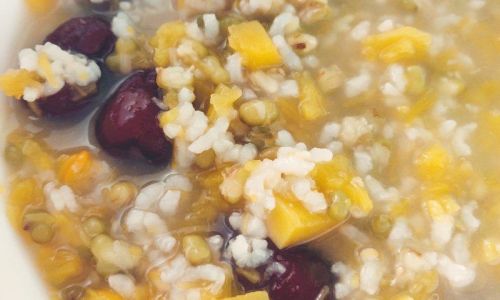
Before diving into the recipe, it is crucial to understand the individual components of this porridge and their respective health benefits. Each ingredient plays a vital role in enhancing the taste and nutritional value of the dish.
1 Ginkgo Biloba (Ginkgo Nuts)
Ginkgo biloba, commonly known as the maidenhair tree, is a living fossil that has been around for over 200 million years. Its nuts, often referred to as ginkgo nuts or white fruit, are enclosed in a foul-smelling outer husk but reveal a nutritious kernel once shelled. Ginkgo nuts are rich in antioxidants, particularly flavonoids and terpenoids, which are known for their neuroprotective and anti-inflammatory properties. They are also believed to enhance blood circulation and cognitive function.
When selecting ginkgo nuts, look for those that are firm and have a light brown color. Avoid nuts that are cracked, moldy, or have an unpleasant odor. It is advisable to soak ginkgo nuts in water overnight before cooking to soften them and remove any bitterness.
2 Red Dates (Jujubes)
Red dates, scientifically known as Ziziphus jujuba, are small, sweet fruits that have been used in traditional Chinese medicine for thousands of years. They are rich in vitamins A, C, and B-complex, as well as minerals like iron and calcium. Red dates are known for their ability to nourish the blood, improve digestion, and calm the nerves. Their sweet, caramel-like flavor adds a delightful touch to the porridge.
When choosing red dates, look for those that are firm, plump, and have a deep red color. Avoid dates that are wrinkled, dry, or have mold spots. Soaking red dates in water for about 30 minutes before cooking can help soften them and enhance their flavor.
3 Mung Beans
Mung beans, also known as green grams or moong beans, are small, green legumes that are packed with nutrients. They are a good source of protein, fiber, vitamins, and minerals, particularly vitamin B1, iron, and potassium. Mung beans are known for their ability to cool the body, aid digestion, and lower blood sugar levels. Their delicate, nutty flavor complements the other ingredients in the porridge.
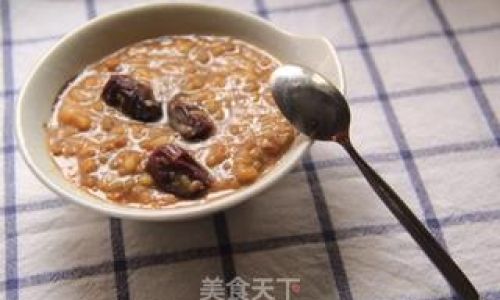
When buying mung beans, look for those that are bright green, uniform in size, and free from debris. Soaking them in water for a few hours before cooking can help soften them and reduce cooking time.
Chapter 2: Preparing the Ingredients
Now that we have a good understanding of the ingredients, let’s move on to the preparation process. Proper preparation is key to ensuring that your porridge turns out perfectly.
1 Soaking the Ingredients
Begin by soaking the ginkgo nuts, red dates, and mung beans separately in bowls of water. Soak the ginkgo nuts overnight or for at least 8 hours to soften them and remove any bitterness. Soak the red dates for about 30 minutes to plump them up and enhance their flavor. Soak the mung beans for 2-4 hours to soften them and reduce cooking time.
2 Cleaning the Ingredients
After soaking, drain the water from each bowl and rinse the ingredients thoroughly under running water. This will remove any dirt, debris, or soaked-out impurities. Pat the ingredients dry with a clean kitchen towel or paper towels.
3 Peeling the Ginkgo Nuts (Optional)
While peeling the ginkgo nuts is not strictly necessary, it can enhance the texture and appearance of the porridge. To peel the nuts, use a small knife or a nutcracker to crack the outer shell. Carefully remove the shell and the thin inner skin, revealing the creamy white kernel.
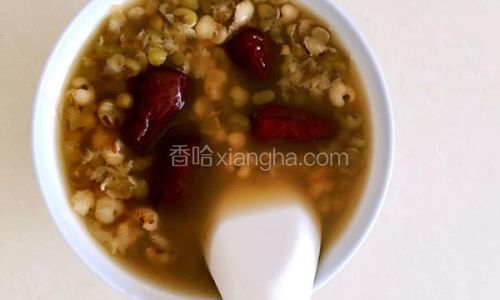
Chapter 3: Cooking the Porridge
With the ingredients prepared, it’s time to cook the porridge. Follow these steps to create a perfect batch.
1 Combining the Ingredients
In a large pot or Dutch oven, combine the soaked and rinsed ginkgo nuts, red dates, and mung beans. Add enough water to cover the ingredients by about 2 inches. This will ensure that the porridge has the right consistency once cooked.
2 Bringing to a Boil
Place the pot on the stove over medium-high heat. Bring the mixture to a rolling boil, stirring occasionally to prevent sticking. Once boiling, reduce the heat to low and let the porridge simmer gently.
3 Simmering
Simmer the porridge for about 1-1.5 hours, stirring occasionally. The cooking time may vary depending on the softness of the ingredients and your preferred consistency. The ginkgo nuts, red dates, and mung beans should be tender and cooked through. If the porridge becomes too thick, you can add more water as needed.
4 Seasoning and Sweetening

Once the porridge is cooked, taste it and adjust the seasoning if necessary. While traditional recipes do not call for additional seasoning, you can add a pinch of salt to enhance the flavors. If you prefer a sweeter porridge, you can add a small amount of honey, rock sugar, or brown sugar to taste. Stir the sweetener into the porridge until it is fully dissolved.
5 Serving
Once the porridge is cooked to your liking, remove it from the heat and let it cool slightly. Serve the porridge warm in bowls, garnished with a few slices of fresh ginger or a sprinkle of chopped green onions for added flavor. Enjoy your Ginkgo Biloba, Red Date, and Mung Bean Porridge as a nutritious breakfast, lunch, or dinner.
Chapter 4: Tips and Variations
Making Ginkgo Biloba, Red Date, and Mung Bean Porridge is a rewarding experience, but there are always ways to enhance the dish and make it your own. Here are some tips and variations to inspire you.
1 Adding More Ingredients
Feel free to add other ingredients to your porridge to create unique flavors and textures. Some popular additions include lotus seeds, longan fruits, and adzuki beans. These ingredients not only add nutrition but also enhance the visual appeal of the porridge.
2 Using a Slow Cooker
For those who prefer a set-it-and-forget-it approach, a slow cooker is a great option for making this porridge. Simply combine the ingredients in the slow cooker, add enough water, and set it to low. Let it cook for 6-8 hours, stirring occasionally if possible. The slow cooking process will allow the flavors to meld together and create a rich, creamy texture.
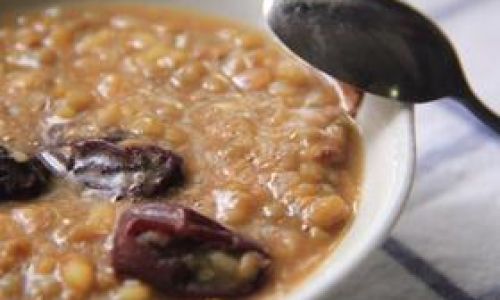
3 Making It Vegan
This porridge is naturally vegan, as it does not contain any animal products. However, if you are using honey or rock sugar as a sweetener, make sure it is vegan-friendly. Alternatively, you can use maple syrup, agave nectar, or coconut sugar as sweeteners.
4 Storing and Reheating
Leftover porridge can be stored in an airtight container in the refrigerator for up to 3 days. To reheat, place the desired amount in a microwave-safe bowl and heat until warm, stirring occasionally to prevent sticking. Alternatively, you can reheat the porridge on the stove over low heat, stirring constantly.
Conclusion
Ginkgo Biloba, Red Date, and Mung Bean Porridge is a delightful and nutritious dish that combines the best of traditional Chinese cuisine. With its unique blend of flavors and health benefits, it is a perfect choice for anyone looking to incorporate more plant-based meals into their diet. By following the steps outlined in this guide, you can create a perfect batch of porridge at home, enjoying its comforting taste and health-promoting properties. Whether you are making it for yourself or sharing it with loved ones, this porridge is sure to become a staple in your kitchen. So, gather your ingredients, roll up your sleeves, and start cooking!
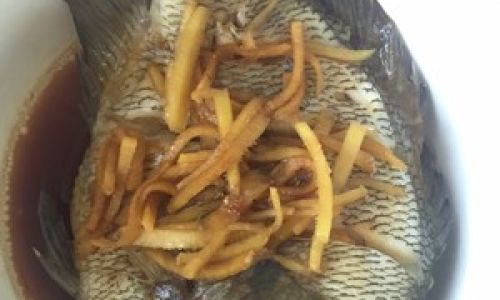
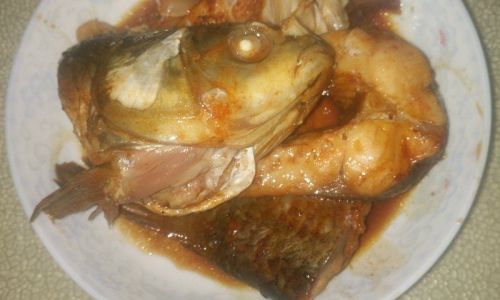
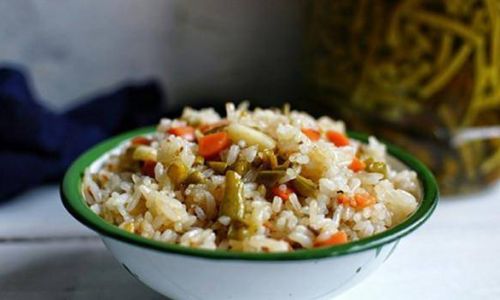
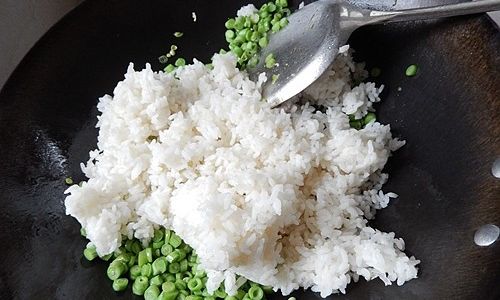
0 comments